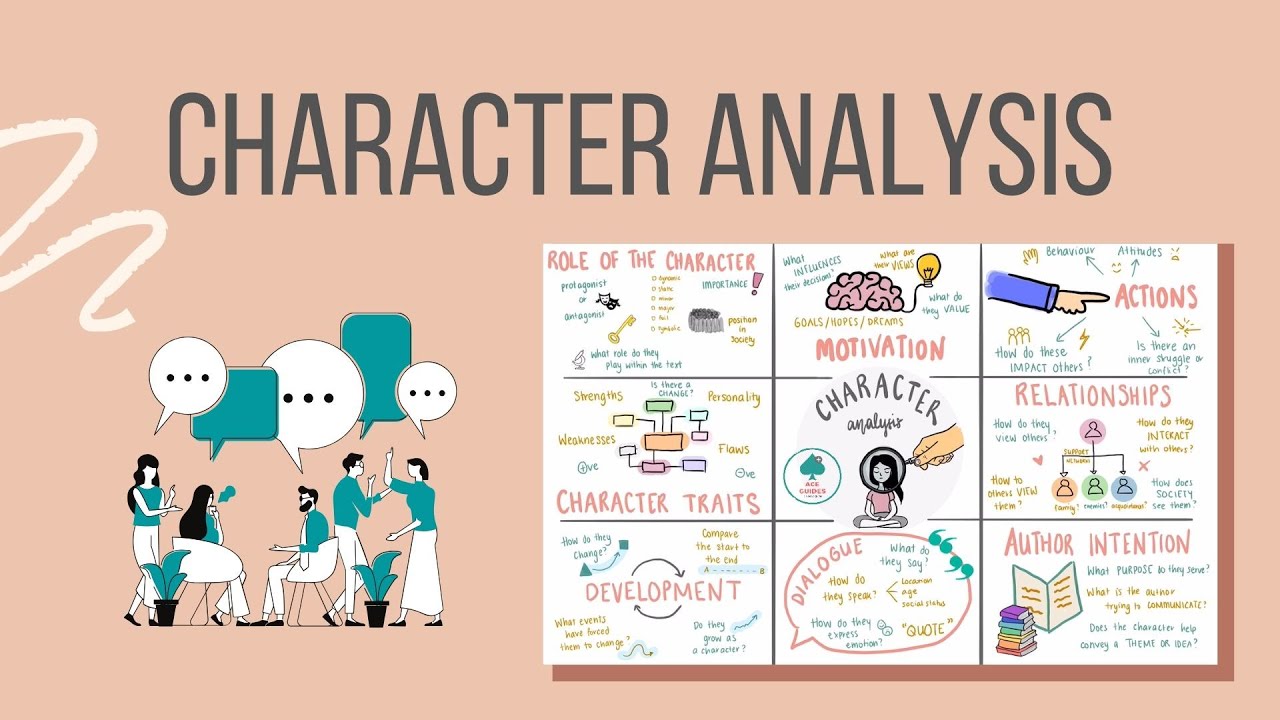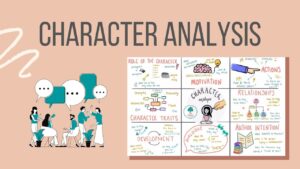
[ad_1]
Introduction
“My Husband is Missing” is a gripping novel that intricately weaves together themes of love, betrayal, and the quest for truth. The characters in this narrative are not merely archetypes but rather complex individuals, each bringing their own motivations, secrets, and emotional baggage to the story. Delving into character insights is essential for understanding the underlying tensions and nuances that drive the plot forward. In this article, we will explore the multifaceted roles of the central characters, their relationships, and the psychologies behind their actions and decisions.
1. Overview of the Plot
Before diving into character analysis, it is vital to provide context regarding the plot. The story revolves around a woman named Claire who discovers that her husband, David, has gone missing under mysterious circumstances. As Claire navigates the treacherous waters of her husband’s disappearance, she encounters various characters who serve as key players in the unraveling mystery. The novel oscillates between Claire’s present struggles and flashbacks to her life with David, illuminating the layers of their relationship and the factors contributing to the unraveling of their marriage.
2. Claire: The Protagonist Caught in Turmoil
2.1 Initial Portrayal
Claire is introduced as an ordinary woman leading a content life with her husband. As a mother and a wife, her identity is deeply tied to the happiness of her family. However, when David’s disappearance thrusts her into a spiraling abyss of uncertainty, we begin to see her evolution from a sheltered individual to a resourceful and resilient woman determined to uncover the truth.
2.2 Inner Conflicts
Claire grapples with societal expectations around marriage and motherhood. When her husband goes missing, she faces the stigma and blame associated with a failed marriage. Her inner turmoil reflects the classic themes of guilt, loyalty, and self-doubt, providing readers with a relatable emotional landscape.
2.3 Transformation Through Adversity
As the narrative unfolds, Claire’s character transforms. She becomes more assertive and proactive, challenging the assumptions that have defined her. The challenges she faces force her to confront not only her husband’s choices but also her own disappointments and resilience. This transformation is crucial in making Claire a compelling protagonist who embodies the complexities of love, trust, and agency.
3. David: The Enigmatic Husband
3.1 The Mystery of David
David’s character is shrouded in ambiguity. Initially presented as a loving husband, his sudden disappearance sparks a question that lingers throughout the narrative: can we truly ever know someone? As the story progresses, it becomes evident that David embodies contradictions that complicate Claire’s understanding of their marriage.
3.2 Flashbacks and Revelations
Through flashbacks, we glimpse into David’s life, providing the background that amplifies his persona. The moments of joy intermingle with glimpses of dissatisfaction and emotional distance, revealing that his character is ripe for deeper exploration. His struggles seem rooted in personal ambitions and societal pressures, making him a victim of the same constructs that confine Claire.
3.3 The Duality of Love and Betrayal
David reveals the dual nature of love—how it can be both nurturing and destructive. His choices lead Claire down a path of existential angst, unearthing not only her fears of abandonment but also the richness of their shared history. The complexity of David’s character forces readers to question the nature of love and the limits of understanding within relationships.
4. Supporting Characters: Pivotal Roles
4.1 Marissa: The Best Friend
Marissa’s character serves as a foil to Claire’s. While Marissa is depicted as confident and outspoken, her relationship with Claire reveals the strains of friendship under pressure.
4.1.1 Role in the Narrative
Marissa often acts as a sounding board for Claire but also introduces skepticism. Her opinions reflect societal norms and challenge Claire’s assumptions about marriage and fidelity. Despite her good intentions, she may inadvertently lead Claire into a web of doubt.
4.2 Tim: The Detective
Tim, the detective assigned to investigate David’s disappearance, represents the external conflict in the story. His unwavering dedication to solving the case allows readers to see a different perspective on Claire’s struggles.
4.2.1 Moral Complexity
Tim’s character adds a layer of ethical complexity. Despite being focused on the case, his personal struggles and past secrets add depth. He often finds himself at the crossroads of professional duty and personal morality, making him a tragic figure in the narrative.
4.3 Linda: The Maternal Figure
Linda, Claire’s mother, provides a contrasting viewpoint characterized by traditional expectations of marriage. Her interactions with Claire promote a dialogue on generational differences and the evolution of women’s roles in society.
4.3.1 The Legacy of Expectations
Linda embodies the struggle of women from previous generations who sacrificed their dreams for stability. This generational lens serves to amplify Claire’s internal battles as she seeks autonomy in defining her identity.
5. Themes Arising from Character Dynamics
5.1 The Illusion of Perfection
Through the complexities of Claire and David’s relationship, the novel explores the illusion of marital perfection. The characters’ struggles illuminate how love can be messy, flawed, and riddled with insecurities.
5.2 Trust and Betrayal
The theme of trust is intricately woven into each character’s journey. Claire’s journey becomes a critique of how betrayal is often internalized in relationships and can lead to self-doubt.
5.3 The Question of Identity
As Claire and David navigate their individual crises, the question of identity resurfaces. Each character struggles with their sense of self within the confines of their relationships, offering readers a multifaceted view of what it means to lose oneself in love.
6. The Role of Flashbacks and Dual Narratives
6.1 Unraveling the Past
Flashbacks play a critical role in revealing the layers of the characters’ personalities. By oscillating between past and present, the narrative effectively showcases the contrast between the idealistic view of love and the reality that unfolds as secrets are revealed.
6.2 Understanding Character Motivations
The dual narratives allow for a deeper understanding of motivations behind characters’ actions. Readers witness the formative experiences that shaped each character, contextualizing their choices and illuminating their complexities.
7. The Psychological Underpinnings
7.1 Attachment Theory
The relationships in “My Husband is Missing” can be analyzed through the lens of attachment theory. Claire’s deep-seated fears of abandonment and David’s emotional distance demonstrate various attachment styles that complicate their interactions.
7.2 Emotional Trauma
Each character embodies aspects of emotional trauma, whether stemming from childhood experiences, societal pressures, or marital strife. The psychological dimensions contribute significantly to the narrative’s depth, fostering empathy in readers.
8. Critical Reception
8.1 Reader Reception
Upon release, “My Husband is Missing” garnered critical acclaim for its nuanced portrayal of characters. Readers resonated with the emotional authenticity and were often left contemplating their interpretations of trust, love, and betrayal.
8.2 Literary Analysis
Critics have applauded the author’s ability to blend psychological insight with a compelling narrative. The character development and thematic richness solidified the novel’s standing as a contemporary exploration of marital complexities.
9. Conclusion
“My Husband is Missing” is not merely a thriller but a profound exploration of human relationships. The richly developed characters provide insights into the vulnerabilities that lie beneath the surface of love and partnership. By examining these complex roles, we gain an understanding of how love can simultaneously uplift and destabilize.
As readers, we are left pondering the intricate web of human emotions, the essence of identity, and the complexities of trust. Ultimately, the narrative invites us to reflect on our relationships, revealing that the journey toward understanding one another is fraught with both heartache and hope.
FAQs
Q1: What is the primary theme of ‘My Husband is Missing’?
A: The primary theme encompasses love, trust, betrayal, and the complexities of relationships, particularly in the context of marriage.
Q2: How does the use of flashbacks impact the story?
A: Flashbacks provide deeper insight into the characters’ backgrounds and motivations, highlighting the contrasts between their past and present lives.
Q3: Who is the most complex character in the novel, and why?
A: Both Claire and David exhibit complexity, with Claire’s transformation from a sheltered wife to a determined seeker of truth showcasing her depth, while David’s ambiguous nature keeps readers questioning his true character.
Q4: What psychological theories can be applied to the characters?
A: Attachment theory and emotional trauma are pertinent frameworks for understanding the dynamics and motivations of the characters.
Q5: How does the author create tension within character relationships?
A: Tension is crafted through unresolved personal conflicts, societal pressures, and the emotional baggage carried by each character, ultimately revealing the fragility of relationships.
Q6: What lessons can readers take away from the characters’ journeys?
A: Readers can learn about the importance of understanding oneself, the value of communication in relationships, and the recognition that love is often accompanied by complexity and pain.
This exploration of character insights in “My Husband is Missing” unveils the intricacies of human emotions, inviting readers to reflect on their own experiences and relationships.
[ad_2]





